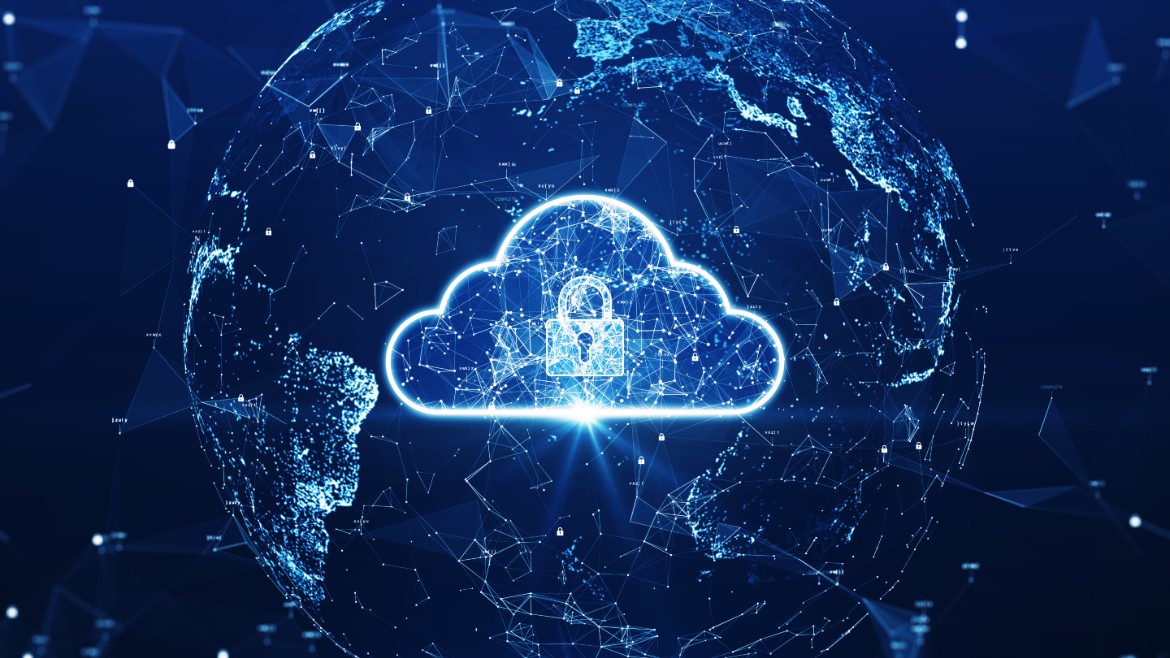IT is always changing. The volatile nature of the technology makes it impossible to settle down with a fixed stack. CIOs and other IT leaders always have to balance routine maintenance and transformation. The C-suite regards IT as a cost-centre and remains hesitant to release funds. Side-by-side, customers, both external and internal, have become demanding and want instant results. Here are the key issues enterprise IT faces.
1. The never-ending story of digital transformation
No enterprise can sidestep digital transformation in the post-pandemic digital-first world. Technology has undergone paradigm shifts, and the new digital economy requires upgrades. Customers and employees overwhelmingly prefer to engage in digital mode. If businesses lag on the digital front, they risk obsolescence.
But digital transformation is not a one-off project. Technology is always in a state of flux. What is red-hot today becomes obsolete in a short while. CIOs always remain in a transformation mode, trying to push change and convince the rank-and-file of the virtues of new technology.
To get digital transformation right, CIOs could:
- Structure digital transformation around business goals. Most businesses indulge in digital transformation to change business models.
- Fine-tune earlier iterations. As the pandemic unfolded, many enterprises set up digital systems overnight. Such work set the base for follow-up opportunities and more advanced transformations now.
- Take an enterprise-wide approach. Enterprises need end-to-end digital transformation or transversal transformation. Digital transformation cannot exist in a silo, and a siloed approach will fail. For instance, transforming sales will need accompanying changes in related areas such as the supply chain. Create company wide digital strategies and champion collaborative digital transformation.
- Have a people-first approach. Regard employees affected by the transformation as internal customers. Apply marketing communication principles and selling change to such employees.
2. Challenges related to cloud migration
A key area of transformation is cloud migration. Post-pandemic, CIOs have sped up the pace of cloud migration to enable remote work.
PwC’s 2022 Pulse Survey reveals that 43% of enterprises refine their IT strategy and operating models to become more agile. 25% of enterprises move from traditional data centres to cloud-based infrastructure. Another 28% of enterprises reset enterprise architectures to become cloud-based. Cloud spending is now the second largest area of IT spending, next only to cybersecurity.
Lifting and shifting existing on-premises systems to the cloud no longer suffice. The onus is on the CIOs to:
- Develop new cloud-based models that deliver cost savings and improve time-to-market.
- Align cloud migration strategies with wider business strategy. Prioritise areas of migration depending on the budget.
3. Pleasing the fickle customer
Today’s customers are aware and also very fickle. They undertake independent research and do not fall for marketing pitches. When they engage with a company, they expect fast, no-nonsense answers. They go elsewhere if confronted with delays or poor service. They rarely complain and instead spread negative feedback.
Market pressures mean the CIO can no longer ignore demanding customers. CIOs have a task on their hands to understand their customers. They need to:
- Forge a direct connection between IT and end customers. Integrate customer experience into deliverables.
- Design business processes with customer convenience in mind.
- Make an enterprise-level cultural change to promote customer-centricity. Place the customer first in all organisational endeavours.
4. Big data challenges
Data is now the lifeblood of businesses. Most new technologies depend on live data. Competitive advantage comes with fast, informed decision-making and innovation. These depend on seamless access to enterprise data.
But most enterprises struggle with data overload. They cannot collect the right data. They lack the tools to get relevant, actionable information.
Most enterprises need a data transformation before they can embark on digital transformation. CIOs could further the enterprise data transformation by:
- Instituting enterprise-wide data-centric technology upgrades. Robust API integration layers enable greater, more agile access to data.
- Setting up data lakes and other infrastructure to centralise information and establish a “single source of truth.”
- Promoting openness and transparency to end silos and enable free data flow across the enterprise.
- Establishing robust access management to ensure sensitive information remains confidential.
5. Cut-throat competition for talent
The talent shortage, rife for over a decade now, has become even more acute. Skill development does not keep pace with tech advances. Worse, post-pandemic, employees have a new outlook on life. In the ongoing “great resignation,” many employees quit the jobs they don’t like without securing another job. They instead survive on the liberal benefits handed by the government to tide over the pandemic.
Several companies now indulge in many iterations of posting and interviews and still cannot get a suitable candidate. There is a quick-fix to overcome the talent crunch. CIOs could:
- Broad base the talent search outside the local market.Focus on hiring remote employees
- Strengthen headhunting tactics to hire talent.
- Outsource jobs that need hard to acquire talent.
- Enable servant leadership to facilitate employees.
6. Growing menace of cybersecurity
The cyber security problem gets bigger and bigger with time, sparing no one. Cyber attacks may lead to theft of sensitive data, ransomware, expensive downtime, and other ill effects.
The pandemic resulted in a spurt of cyber-attacks. Remote work rendered traditional firewall-based security installations obsolete. Work-from-home employees access the corporate network outside the firewall, through public networks. Cyber attackers have an easy time targeting such vulnerable remote endpoints. Worse, cybercriminals have become more menacing of late. They deploy sophisticated AI-powered attacks that detect vulnerabilities fast or impersonate users with perfection.
Cyber security needs an overhaul. CIos need to:
- Get the basics of security fundamentals right
- Inculcate the rank-and-file employees with cyber hygiene best practices
- Adopt a layered approach to cyber-defence. Include advanced network monitoring, encryption, and other proactive tools.
- Invest in AI-based defences to identify and pre-empt threats, as a counter to the cybercriminals’ AI-powered attacks.
7. Geopolitical challenges
The internet operates on the assumption of an international borderless world. But geopolitical challenges disrupt this basic assumption.
Geopolitical challenges affect enterprises in many ways
- Compliance. Enterprises struggle with different laws of different jurisdictions, some of which contradict. A case in point is the European Union’s GDPR, which mandates stringent data protection laws. Many jurisdictions likewise have strict rules regarding storing personally identifiable information.
- Supply chain disruptions. The COVID-19 induced supply chain disruption stresses companies. Enterprise struggle to get the equipment they need
- Wars. The Russian invasion of Ukraine forced CIOs to shift IT services out of both countries. The subsequent sanctions on Russia by western governments compound the compliance issues.
- Inflation. Inflationary concerns put a strain on budgets. IT, perceived as a cost-centre, often takes the biggest cuts.
- Geographical challenges lead to Splinternet, where the internet divides in geographical and technological lines.
CIOs overcome these challenges by:
- Developing different tech stacks for different regions.
- Developing enterprise agility to remain flexible and move fast as the external situation changes.
The only constant in today’s world is changing. CIOs who track critical challenges surrounding them and take steps to convert crises into opportunities succeed.













